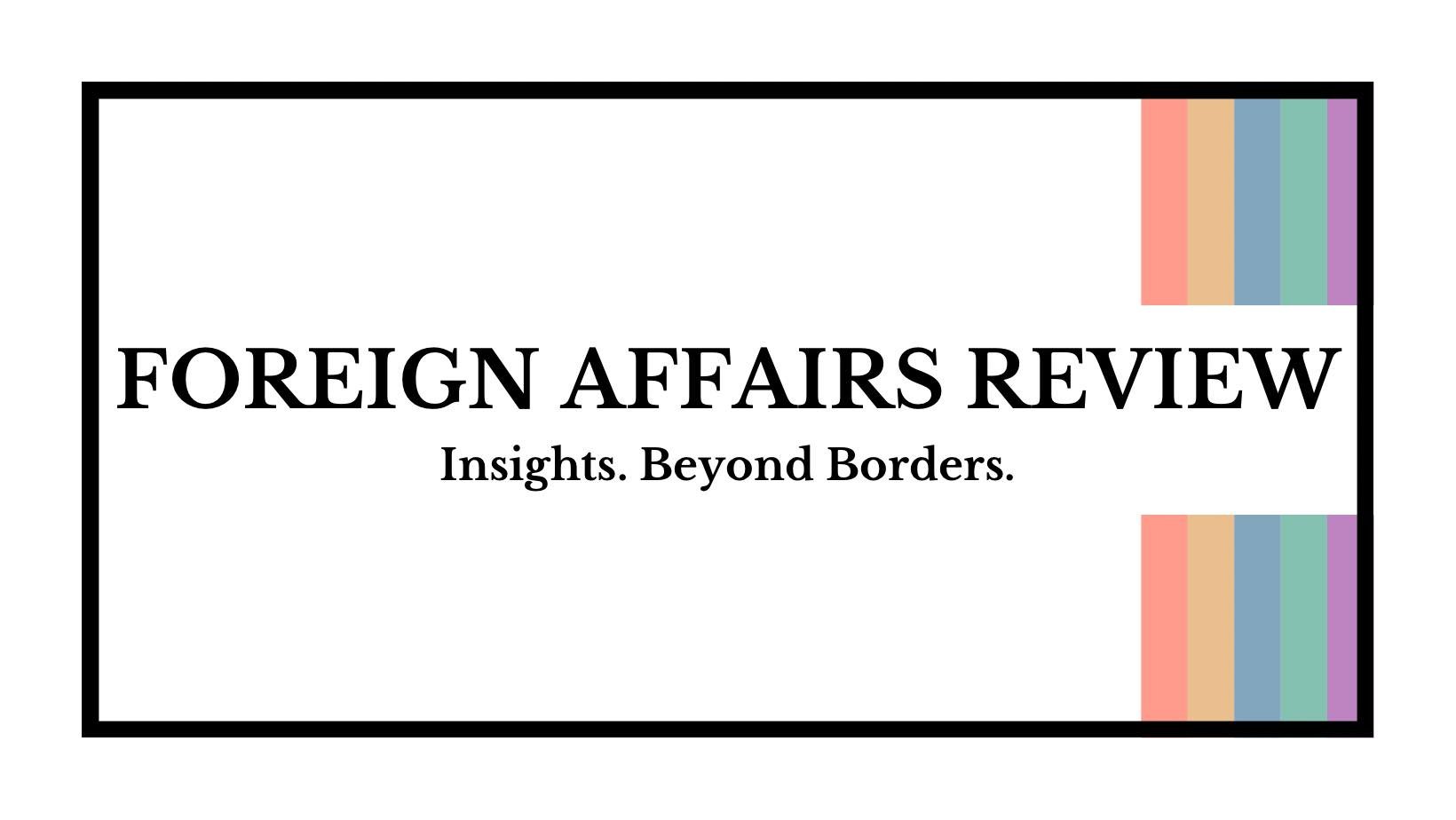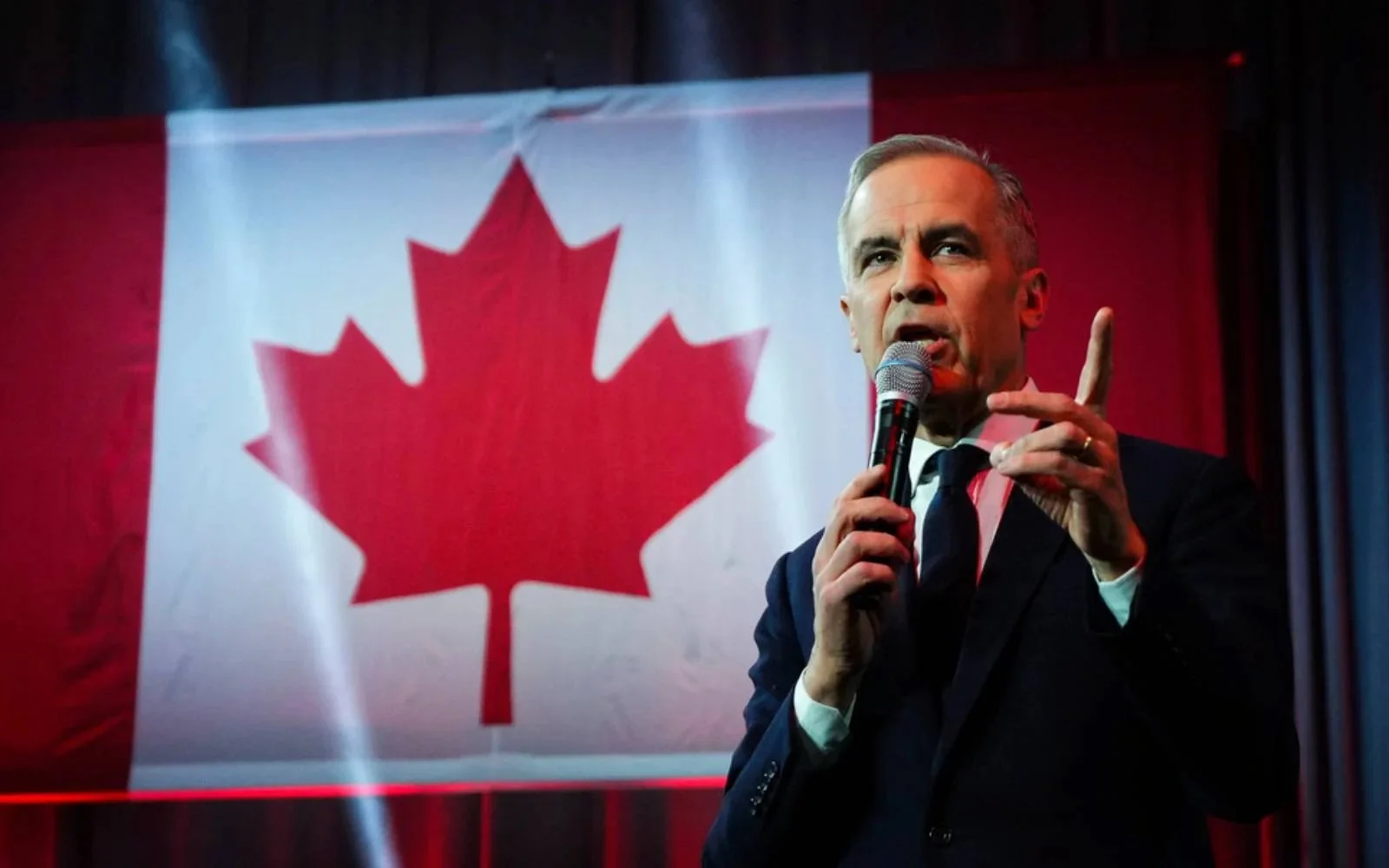What’s Going on with Canada? Mark Carney, April Election, and a Trade War
On 14 March 2025, Mark Carney was sworn into office as Canada’s new prime minister. Carney, a relative newcomer to electoral politics, replaced Justin Trudeau, who had led Canada for almost a decade. Amidst a period of instability as a trade war with the US escalates, Carney certainly has his work cut out for him. But who exactly is Carney? And what is his agenda for his first days in Canada’s highest office?
Canada’s new leader comes from a financial background, working at Goldman Sachs in multiple cities including New York, London, Tokyo, and Toronto. He left in 2003 to become deputy governor of the Bank of Canada. Carney then began an executive job in the Canadian Finance Ministry in 2004, before returning to the Bank of Canada as governor in 2007, steering Canada through the 2008 financial crisis.
In 2012, George Osborne, the then Chancellor of the Exchequer of the UK, ‘poached’ Carney and he became the first non-British governor of the Bank of England the following year. Carney came to London and was eager to bring change and modernise the ‘stuffy’ Bank. At the time, he was known as the “rock star central banker.” There, he led the central bank’s response to Brexit and the early phases of the COVID-19 pandemic.
After this position, he has remained in top executive financial positions at both Brookfield Asset Management and Bloomberg L.P, and was appointed the UN Special Envoy for climate action and finance. He also informally advised Trudeau on Canada’s economic recovery. As the Envoy, he advocated for the financial sector to invest in net-zero emissions. In an interview where Carney was asked why he was passionate about climate change action, he replied, “When I became governor of the Bank of England, which oversees the insurance industry, I saw that the number of extreme weather events had tripled and the cost of those events had gone up five times in a quarter century. These things really concentrated my mind on climate.”
Since then, climate action has been a central tenet to his political campaign. He has proposed several climate focused economic incentives–primarily, getting rid of Canada’s consumer carbon tax which places an added fee on consumers that use fossil fuels. Carney claims that this tax places a burden on small businesses and consumers, not on large polluters. In lieu, he has proposed financial incentives which will increase eco-friendly decision-making, such as energy efficient appliances and electric cars. He has pledged to phase out the use of fossil fuels in government buildings and increase infrastructure for electric vehicles. As of 23 March, Carney has already cut the carbon tax rate and made amendments to improve the Output Based Pricing System which rewards high emitters that reduce their emissions.
Earlier this month, on 9 March, Carney won the race against Finance Minister Chrystia Freeland to become the leader of Canada’s ruling Liberal Party. Carney secured 86 per cent of the vote of some 152,000 party members. As a previous leader of two G7 countries banks amid financial turmoil, Carney’s experience in the financial and business realm is certainly valuable in light of the US-Canada trade war.
To recap: the Trump administration announced 25 per cent US tariffs on Canadian goods on 1 February (as well as other tariffs on China and Mexico), which were originally supposed to go into effect on 4 February. A few days later, Trump agreed to a 30-day delay on the Canadian tariffs to go into effect. Then, in March the US tariffs on Canada went into effect and the PM at the time, still Justin Trudeau, retaliated with Canada’s own tariffs of 25 per cent on C$30 billion (£16.3 billion) worth of US imports. On 5 and 6 March, Trump granted a one-month exemption on auto goods after speaking to Ford, General Motors, and Stellantis–the ‘big 3’ auto manufacturers–and further delayed tariffs on some other Canadian imports.
This trade war has certainly soured relations between the North American neighbours. Furthermore, Trump has repeatedly made comments about Canada turning into the “51st state”. These remarks have sparked widespread backlash amongst Canadians, with many viewing them as “offensive”, or even “dangerous”.
As for Carney, he has taken up a tough stance against Trump and vowed for retaliation. He has been a proponent of dollar-for-dollar tariffs. After being sworn in, he remarked, “[Trump is] attacking Canadian families, workers and businesses, and we cannot let him succeed and we won’t.” He added, “they should make no mistake, in trade as in hockey, Canada will win.”
Most recently, the next election was not due until 20 October of this year, but Carney has called a snap election for next month, 28 April. Seeking to capitalize on favourable poll numbers for the minority Liberal Party, Carney will seek to create a more stable government and secure his own position as a Member of Parliament. Carney will now face Pierre Poilievre, the leader of the Conservative Party. Since mid-2023, Poilievre’s party has been leading the national polls, but recent polls suggest the race could go either way.
This election will come at a time when Canada’s economic and political stability is under significant pressure. With the ongoing trade war with the US, rising cost-of-living concerns, and a shifting political landscape, Carney’s ability to navigate these challenges will be crucial. Canada is at a crossroads.
Image courtesy of FreeMalaysiaToday via Google Images, ©2025. Some rights reserved.
The views and opinions expressed in this article are those of the author and do not necessarily reflect those of the wider St. Andrews Foreign Affairs Review team.



